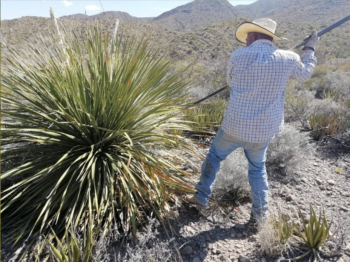
Distilling a desert plant
Sotol (a Spanish version of the Nahuatl word tzotolli) is a tough plant growing in the Chihuahuan desert region, often at high altitudes. Like grapes growing in difficult conditions, sotol has distinct and deep flavors. Unlike agaves, sotol puts up a flower stalk more than once. It also regrows from the roots; it’s sustainable. Tzotolli means a kind of palm tree. There is an appealing but unattested derivation from a word meaning “sweetness in the head”, which sotol certainly is.
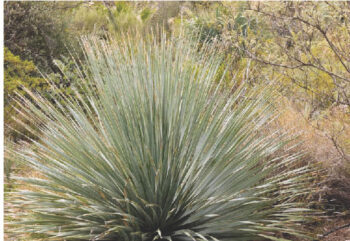
Sotol takes 15 years or more to mature. The heart, the piña, is very small: each piña yields only one bottle of sotol. The plant regrows after harvest, and is considered sacred because it never dies.

The scientific name for sotol, dasylirion Wheeleri, is named after George Wheeler, who in the 1870s carried out the Wheeler survey of the almost totally unmapped southwestern USA, at a scale of 8 miles to the inch. It took many years.
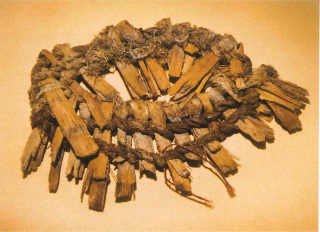
Sotol has a long shared history with human beings. Starting about 7000BC, the stalks were used for atlatls and for holding up ceilings, the spine fibers for making sandals, mats, baskets, and cordage, the spine ends for spoons, and the heart roasted and eaten. More recently it was the source, as with agave and pulque, for a viscous beer.
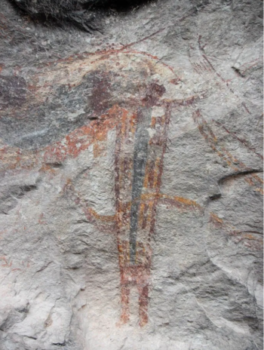
Pictograph of a shaman from the Fate Bell Shelter, Lower Pecos Canyon. This cave painting from the Pecos River canyon apparently depicts a shamanistic figure incorporating elements of the sotol: note the spray of spiky leaves for a head and the black stripe down the middle of its body: it may represent the magical spirit of sotol. The many examples of rock art in the area refer often enough to sotol, sometimes in connection with hunting scenes, at others surrounded by orange ochre flames and black smoke.
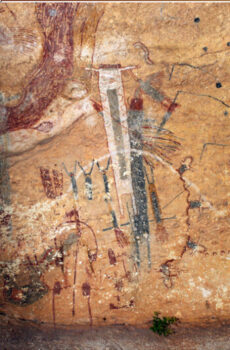
Sotol was not distilled until after the Spanish conquest. For altered states, folks used peyote, referenced in this “White Shaman” pictoglyph. Thousands of years later, modern indigenous Huicholes from Mexico came here and recognized their living peyote iconography.
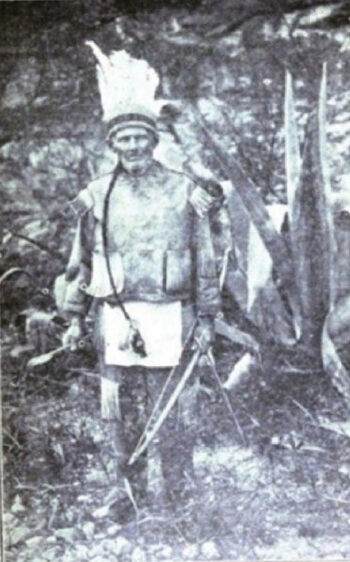
Frank Buckelew, as a boy captured and held captive for ten months by Lipan Apaches in Texas in (1866) described them roasting sotol piñas for grinding into flour and using a sotol stalk to start their fires by friction, techniques dating back some 9000 years. You can see sotol fire-starting here: https://www.youtube.com/watch?v=L0jpvTXbd_Q6
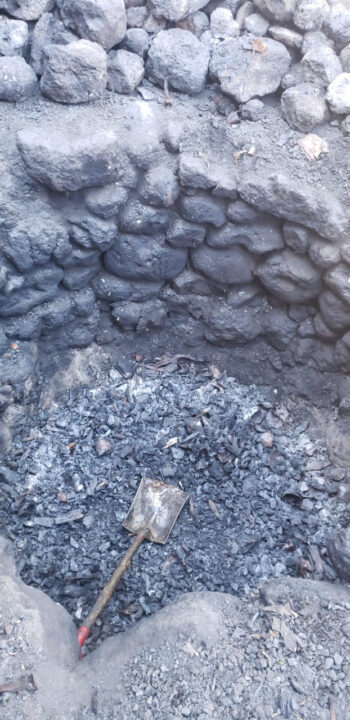
The Apache roasted the sotol in the rock pit-oven exactly like the one shown here, used today to prepare sotol piñas for distillation.
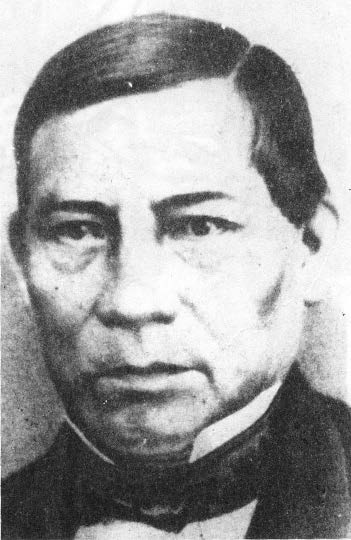
President Benito Juarez, whom Mexicans look on the way we do Lincoln. when pursued by counter-revolutionary French troops after they invaded Mexico in the 1860s, lived off sotol while hiding in the Sonoran desert.